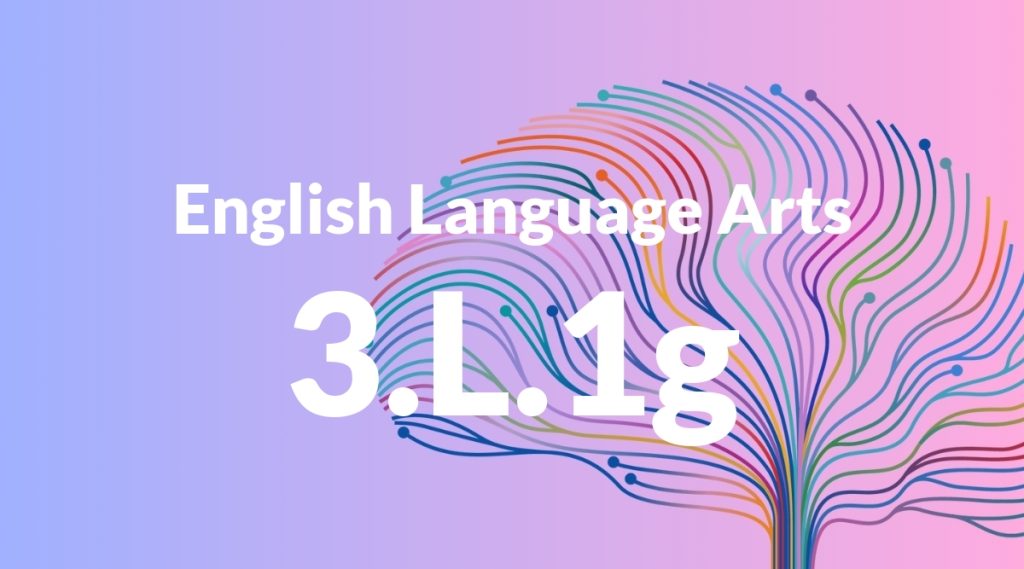Standard: 3.L.1g – Form and use comparative and superlative adjectives and adverbs, and choose between them depending on what is to be modified.
Grade level: Grade 3
Subject: English Language Arts
Domain: Language
Teacher Overview
This standard focuses on helping students understand how to form and use comparative and superlative adjectives and adverbs correctly. Mastery of this standard is crucial as it enhances students’ descriptive language skills, which are essential for effective communication and writing. Students should be familiar with basic adjectives and adverbs and understand their role in modifying nouns and verbs.
After mastering this standard, students will be able to accurately use comparative and superlative forms in their writing and speaking, enhancing their descriptive language skills.
Common Misconception 1
A common misconception is that students might use ‘more’ or ‘most’ with adjectives that already have comparative or superlative forms, such as ‘more better’ or ‘most best’. This is incorrect because ‘better’ and ‘best’ are already the comparative and superlative forms of ‘good’.
Intervention 1
To address this, provide students with practice sentences where they need to choose the correct form of the adjective or adverb. Reinforce the rules through repetition and contextual examples.
Common Misconception 2
Another misconception is the confusion between when to use comparative versus superlative forms. Students might use ‘tallest’ when comparing two objects instead of ‘taller’.
Intervention 2
Use visual aids such as charts and diagrams to clarify the difference between comparing two items (comparative) and comparing more than two items (superlative). Provide contextual examples and practice exercises.
Prerequisite Knowledge
Students should have a basic understanding of adjectives and adverbs, including their purpose and how they modify nouns and verbs.
Subsequent Knowledge
Students will develop the ability to use more complex comparative structures and understand nuances in meaning, as well as apply these skills in writing and reading comprehension.
Instructional Activities
- Create a chart with students listing adjectives and their comparative and superlative forms.
- Play a classroom game where students must use the correct comparative or superlative form in a sentence.
- Have students write short paragraphs comparing three objects or people using comparative and superlative adjectives.
- Use visual aids and diagrams to illustrate the differences between comparative and superlative forms.




